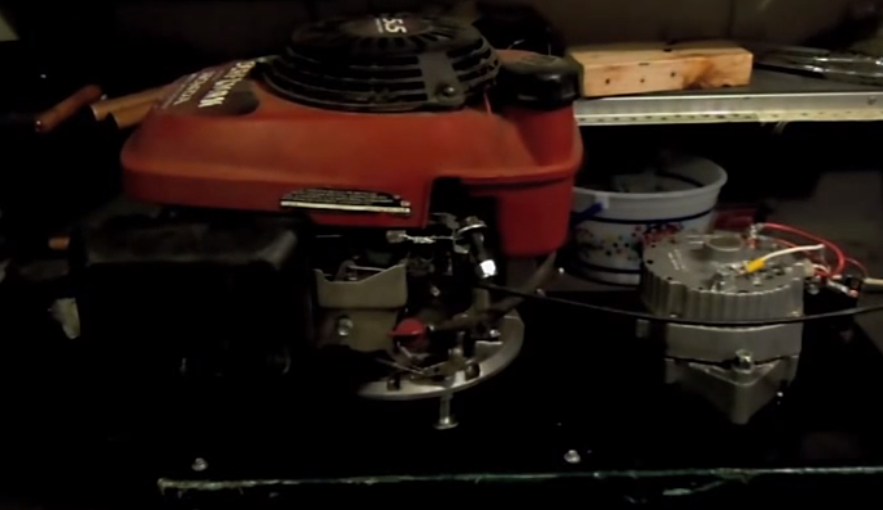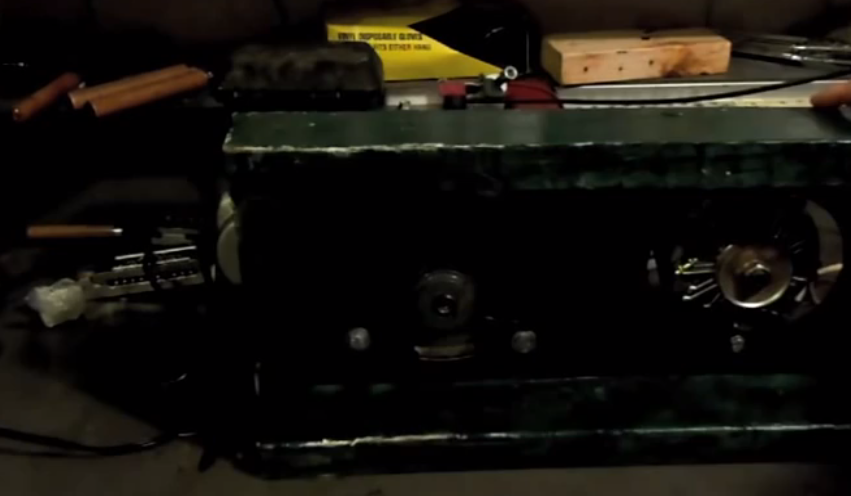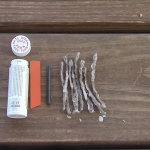If you have a lawn mower motor, car alternator and a battery, you can fashion a makeshift generator that can produce hours worth of energy. These basic components can be modified in a matter of minutes, giving you the option to store energy or use it to run small appliances as necessary. Learning this simple trick can give you extra options if you are ever faced with an extended power outage.
Preparing the Equipment
The first step is to remove the blades from the motor and attach a pulley in their place. Most motors will have threaded attachments that are secured with a bolt, so it shouldn’t be that difficult to install the pulley. However, pulley size matters, and you should stick with one that is between 2 ½ and 3 inches in diameter. This will allow you to squeeze out enough power even at lower engine speeds, saving fuel as well as wear and tear on the motor.
You will also need to remove the motor from the base of the lawn mower and bolt it on to a wooden board. The alternator will also need to be mounted and both components will need to be at the same level. This will require some careful measurements and modification which will also probably take up the most amount of time during this project. However, the generator will not work properly and damage can occur to the components if they are not at the same level.
Installing and Adjusting the Components
Mark the places on the board where the bolts holes will need to be cut out as well as the holes for the pulleys. Cut them out and sand down the edges of the holes to ensure that splinters won’t get caught in the pulleys or belts. The easiest way to adjust the level of the motor and alternator is by using washers and bolts, adding more as necessary.
Attach the belt once the components have been installed, and test it by pulling on it with your fingers. Movement should be free and the belt should be seated square on the pulleys. Adjust the level of the motor or alternator as necessary until everything is lined up perfectly. Also, make sure that you have attached side walls or legs around the board to act as a base, and you may need to bolt the entire assembly to a larger board in order to hold everything in place once the motor is running.
Connecting the Wires
You can connect a car battery to the alternator just as you would if it was mounted on the engine. You can then run cables from the battery to a voltage regulator and plug adapter and switch. You can also attach a power converter directly to the alternator and use it to power devices as the motor is running as well. In both cases, how the wires will be connected will depend on what alternator you are using and the specifications of the converter. Make sure to read the installation instructions carefully to ensure that the connections are properly made to avoid shorting out the unit and destroying your devices.
The overall amount of power that you can generate will depend on the size of the motor and the effectiveness of the alternator. Typical, small lawnmower motors have fuel tanks that will provide about an hour of power, but times will vary depending on the throttle setting and overall efficiency of the unit. Consider adding a larger fuel tank to give you longer periods of power.
Remember that you can also use this generator to charge car batteries which can then be used to power smaller devices. The only real limitation to using this system is fuel and the quality of the motor. However, this modification can come in handy when other options are not available. Build and tweak one for yourself and see how this may be a great solution for power generation to have at your disposal.


















